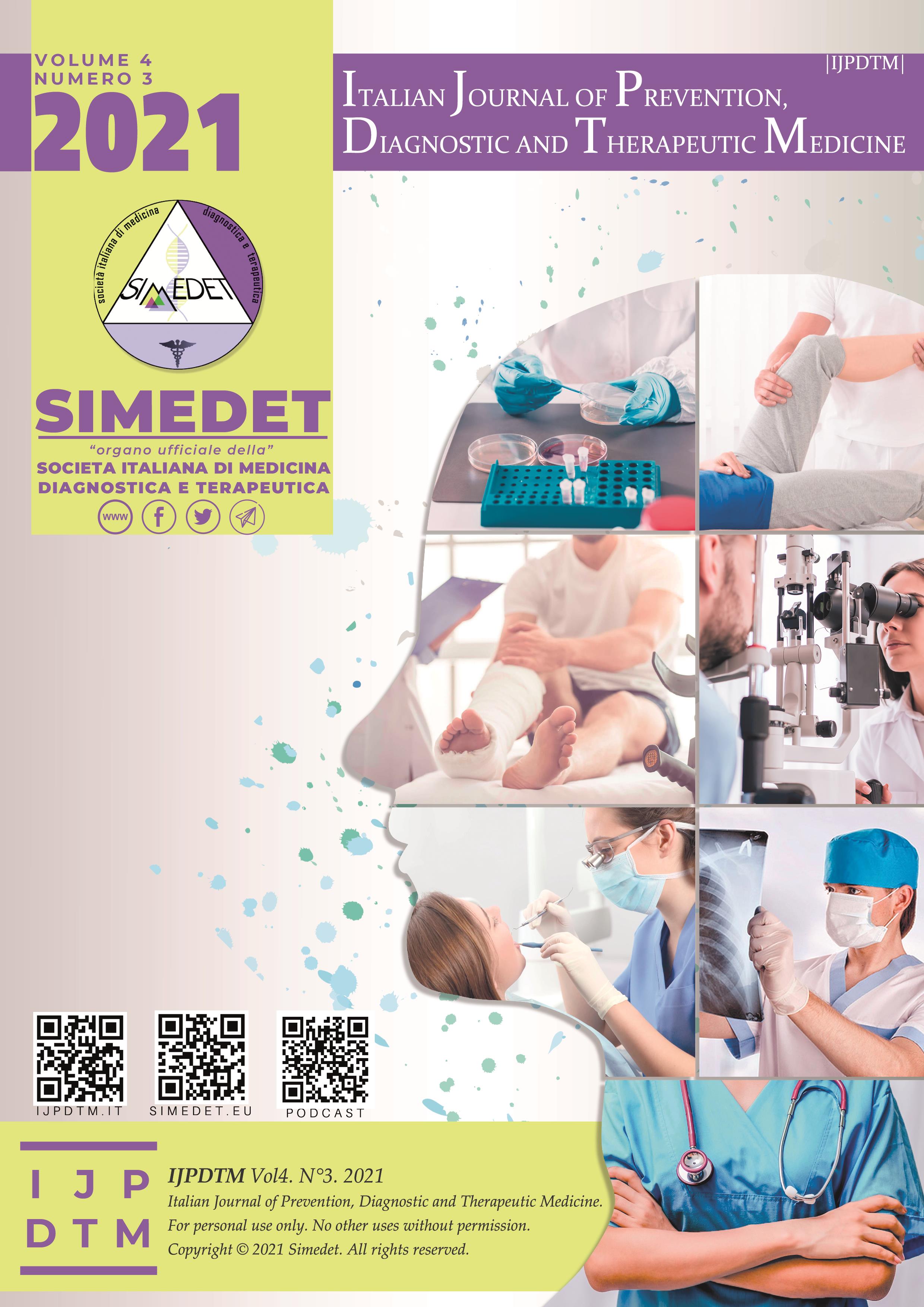The critical role of the local immune response in infection control
Main Article Content
Abstract
Microbes are able to survive on animal and plant products by releasing digestive enzymes directly and absorbing the nutrients, and/or by growth on living tissues (extracellular), in which case they are simply bathed in nutrients. Other microbes infect (invade and live within) animal/human cells (intracellular), where they not only survive, but also replicate utilizing host-cell sources.
The immune system protects us from attack by various microbes. It uses well specialized organs in order to respond to microbes entering the body’s tissues. Molecules and cells respond rapidly to attack. Healthy individuals (i.e. immunocompetent) have many distinct molecules, innate immunity cells and lymphocytes, each of which is specific for a different clonal selection foreign substance (antigen).
Mucosal and skin immune responses provide local protection against infection, without inducing excessive amounts of inflammation that would alter epithelial integrity or function. The skin is not a simple sheath made of several layers of cells but has the functions of a dynamic organ/system with cells and molecules which are activated when the tissue is under attack. Interaction of skin immunity with systemic response is essential to avoid dysregulations associated with inflammatory disease. In addition the mucosal immune system provides protection against pathogens and maintains a tolerance towards non-harmful commensal microbes and benign environmental substances.
MALT (mucosa-associated lymphoid tissue) provides the organism with an important first line of defense. Many data support the concept of MALT (including gut, lung, mammary gland, salivary and lacrimal glands, and genital tract) as a general system reacting to an immunogen at a mucosal site and producing immunity at distant sites.
Downloads
Article Details

This work is licensed under a Creative Commons Attribution-NonCommercial-NoDerivatives 4.0 International License.
References
Varadé L, Susana Magadán S, González-Fernández A review article - Human immunology and immunotherapy: main achievements and challenges (2021) 18:805–828.
Baviera G, Capra L, Cipriani F et al. Ecosistema microbico nella cute sana e nell’eczema Rivista di Immunologia e Allergologia Pediatrica 2014; 1: 2 - 7.
Peterson J, Garges S, Giovanni M, et al. - The NIH human microbiome project. Genome Res 2009;19:2317-23.
Naik S - Compartimentalized control of skin immunity by resident commensals. Science 2012;337:1115.
Matejuk A - Skin Immunity Arch. Immunol. Ther. Exp. DOI 10.1007/s00005-017-0477-3. Published on line 16 june 2017.
Nguyen AV, Soulika AM Review The Dynamics of the Skin’s Immune System Int. J. Mol. Sci. 2019; 20,: 1811 – 1814.
Mayer L. Mucosal immunity. Immunol Rev 2005; 206:5-9 .
Mowat AM. Anatomical basis of tolerance and immunity to intestinal antigens. Nat Rev Immunol 2003; 3: 331 – 341 .
Kabat AM, Srinivasan N, Maloy KJ. Modulation of immune development and function by intestinal microbiota. Trends Immunol 2014; 35:507–17.
Hill DA, Artis D. Intestinal bacteria and the regulation of immune cell homeostasis. Annu Rev Immunol ; 2010: 28: 623–667.
Didona D – La cute nel sistema immunitario- cap 1 pp 2 -14, in Immunodermatologia (a cura di B. Didona, D. Didona e G. Luzi) - ed Aracne, 2020 – Roma .
Prescott, S L., Larcombe, D-L., Logan, A C., West, C., Burks, W. et al. (2017) The skin microbiome: impact of modern environments on skin ecology, barrier integrity, and systemic immune programming. World Allergy Organization Journal, 10: 29 https://doi.org/10.1186/s40413-017-0160-5.
Dominik Hartla D, Tirouvanziamc R, Lavala JC et al. Innate Immunity of the Lung: From Basic Mechanisms to Translational Medicine J Innate Immun 2018;10:487–501.
World Health Organization. COVID-19 Clinical management. WHO/2019-nCoV/clinical/2021.1 2.
AIPO. Approccio pragmatico alla diagnosi di polmonite da SARS-CoV-2 [COVID-19] AIPO Ricerche Ed. – Milano. Versione del 29 Aprile 2020.
Ballow M, Haga CL. Why Do Some People Develop Serious COVID-19 Disease After Infection, While Others Only Exhibit Mild Symptoms? J Allergy ClinImmunolPract 2021;9:1442-8.
Poland GA et al. SARS-CoV-2 immunity: review and applications to phase 3 vaccine candidates. Lancet. 2020 Nov 14; 396 (10262):1595-1606 .
Valentich MA, Analis T, Marcelo Serra H Current Immunology Reviews, 2011, 7, 000-000 1 1573-3955/11 Current Immunology Reviews, 2011, 7, 000-000 1 1573-3955/11 Bentham Science Publishers Ltd.
W. Russell M , Moldoveanu Z , Ogra PL and Mestecky J Mucosal Immunity in COVID-19: A Neglected but Critical Aspect of SARS-CoV-2 Infection Front. Immunol., 30 November 2020 | https://doi.org/10.3389/fimmu.2020.611337.
Passarelli A, Mannavola F, et al. - Immune system and melanoma biology: a balance between immunosurveillance and immune escape. Oncotarget, 2017, Vol. 8, (No. 62), pp: 106132-106142.

